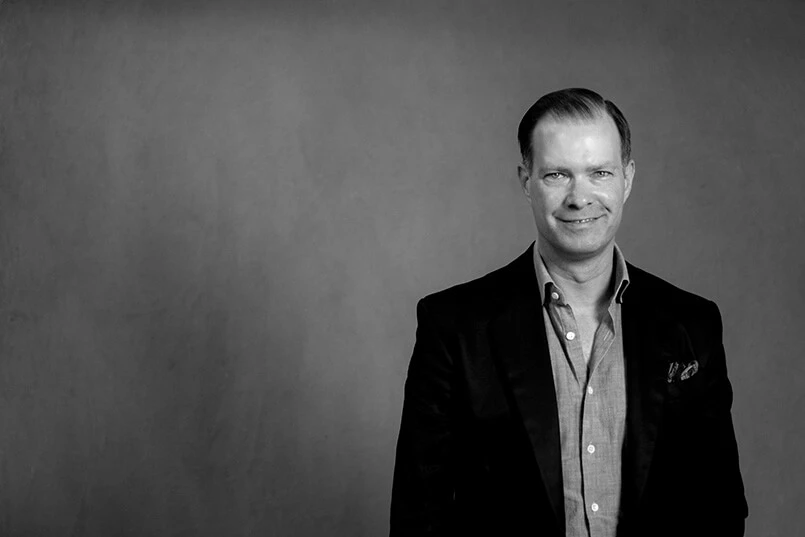Like all business areas, advertising production has been impacted by digital technology and, more recently, artificial intelligence. These technologies have significantly impacted video, audio, digital and print production.
But looking back over the past two decades and more, it is clear that while the advertising industry embraces some technological advances, it can be slow to embrace significant changes in its workflow that deliver efficiencies to the advertiser.
Much of the work we do in our production consultancy involves assessing value against cost and navigating the best production solution for each client.
The issue is the approach to production. In 2005, we recorded scopes of work that averaged between 200 and 250 pieces of work, or outputs. Due to the content demands of the numerous digital and social channels, in 2020, the number of brand outputs or deliverables is more than 2000. This is a tenfold increase in 15 years.
Before the rise of various social media and digital channels, brand advertising was developed in campaigns and executed over a limited number of media channels. Today, advertising is always on, with weekly and sometimes daily content updates across many channels, all with their own formats and content requirements.
In 2005, the agency’s approach to production was much like a craft workshop. The term craft is still used for production, particularly in industry awards. The creative team worked with the production specialists to tinker and adjust the execution along the production process, aiming to refine the execution of the creative idea. This craft approach allowed each execution to be developed and refined for incremental improvement.
Today, the volume and pass of the production demand are more akin to a mass-produced and automated production line, with custom variations on a theme for the daily and weekly social media and digital media content updates. Crafting requires stopping the production line and lifting the execution off to make adjustments before turning on the production line again.
Many agencies have tried to scale the craft workshop instead of embracing the disciplines of the production line. However, time and budget constraints make it impossible to scale significantly enough to meet demand. Instead, there needs to be a rethink of the approach to production. The craft workshop is still an essential place, but this is increasingly part of a more streamlined and technology-enabled approach.
There are three aspects of the current advertising production process that are anachronistic in the technology age:
- The concept that you can have any two of quality, cost or time.
- The production process exists in linear silos of production management.
- The outputs of the production process are consumables to be used and discarded.
The concept is that you can have any two of quality, cost or time.
“The shortest time, the lowest cost, and the highest quality—choose two” was one of the first concepts I was introduced to thirty years ago when I joined my first advertising agency. The agency held it as a truism that to be good, it needed time or money, but preferably both. You needed money or were willing to compromise on quality to have the shortest production time. To reduce costs, you need to invest more time in maintaining quality.
The first issue here is that quality is the most subjective against two very defined parameters: cost and time. Quality expectations of the advertiser and the agency (and even within the agency between account management and creative) are often misaligned. Often, the investment of time and money is disproportional to the quality required. So, as the expectation of quality can often be a variable and misaligned, the first step is to define quality in terms of the level of investment in the other two.
So, let’s look at time and cost.
In the “always on” world, marketers must find ways to be faster and more nimble in responding to their customers. This is not simply reacting but responding strategically to the customer’s needs in managing the customer experience. Therefore, the application of technology in the production process should make the process more flexible and faster in delivering content to the customer when they are receptive and in the form they most want it.
As for cost, there are two benefits of technology. The first is innovation, which can do what could not be done before in delivering innovation and creativity. The second is providing efficiencies and cost-effectiveness. While many agencies (and especially their creative departments) focus on the first, it is actually the second that is having the greatest impact on delivering cost reductions in the process.
The production process exists in linear silos of production management
Interestingly, agencies all maintain that digital is now everything, yet their production functions within their organisations are still largely organised by distinctly separate channels for broadcast, print and digital.
It can be argued that this delineation in the production process may offer streamlining efficiency, but it works against the opportunity to achieve production efficiencies across the various channels. This traditional approach becomes riddled with duplications and waste as each production stream undertakes full control of its process, with little collaboration or coordination between them. Just look at how agencies struggle with talent fees if more than one channel is required.
Yet agencies continue with the same approach to production management that has been used for more than half a century, as the advertiser simply picks up the costs of this duplication and waste.
The outputs of the production process are consumables to be used and discarded.
One of the things that drives me crazy, not just as a Copywriter and Creative Director but also in our work at TrinityP3, is the consumable waste in the advertising production process. Television commercials, print advertising, and the like are created at great expense, then used and finally discarded to the realm of the Guard Books (Does anyone remember those?), the History Reel, or hopefully, the Award Book.
With the dominance of digital, the opportunity presented to advertisers has always been to create a technology platform to engage with consumers on the customer journey. Instead, many advertisers and their agencies treat digital media as another communications channel – creating, using, and disposing of the content as they do for the more traditional media channels. In several cases, we have found advertisers with hundreds of websites and micro-sites when, in fact, they have only a small number of brands.
Instead of using, consuming, and discarding production content, smart marketers are reusing, recycling, and repurposing the outputs of their production schedule to maximise the value of the investment. This requires taking a broader view of production, similar in approach to technology companies, as opposed to the more tactical, short-term view currently exhibited by most advertising agencies and production companies.
However, transitioning to this approach requires the advertiser to drive the change. After all, the transition for the agency involves nothing except being more aligned with their client’s requirements and delivering production deliverables of the required quality at a lower cost and in less time. And why would any agency want to do that?
Video Transcript:
Technology is impacting all areas of advertising and marketing, including production.
Digital, broadcast and print.
The days of the 30-second television commercial are being replaced by the need to produce interesting, entertaining and informative content.
And lots and lots and lots of it.
A bit like this video.
But that means that the way we produce this content needs to change too.
Instead of making ads, we are making digital assets.
Instead of dispatching ads, we are deploying the content across multiple networks and in multiple formats.
Instead of making an ad and then throwing it away when we are finished, we are reusing, recycling and repurposing this content again and again.
It really is getting incredibly complex.
But much of the way we are working with our agencies and suppliers has not really changed in the past 50 years.
And that is a problem.
We need to rethink, restructure and reengage in the way we manage production to make sure you are getting the best value, the shortest lead times and the minimum amount of waste.
It is not about making your needs fit the production process, as many vested interests would have you believe.
It is about engineering your production processes to fit your needs.
So how do you know if you need to update your production management system?
Talk to us.
TrinityP3 can transform your production structure and process to fit your future needs now.
Looking to transform your production model or assess if your current model is delivering the results?
Read more on our production consultancy here, including our production transformation work.




